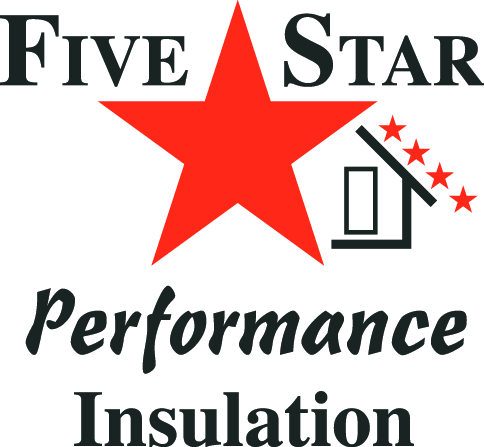If you’ve ever had a home inspection done on your home or had a contractor come through to suggest improvements, you may have heard the term “R-value” thrown around at some point in time. To most homeowners this is just another number, but for savvy homeowners, this simple number is actually a gateway to learning more about your home’s efficiency and what you can do to improve it!
For starters, your R-value is a measure of your home’s ability to retain heat or, as some contractors might say, its “thermal resistance.” In a nutshell, your home’s R-value is going to tell you how good your home is at keeping you warm in the winter and cool in the summer. And, because this task largely falls on your insulation in Sacramento, CA, your R-value is going to tell you if your insulation is doing a relatively good job or not.
What you can learn from your R-value, however, is where there might be room for improvement in terms of how your home is insulated. Are you experiencing heat loss through the uninsulated crawl space in your basement? Would you see a higher thermal retention rate if you used spray foam in the attic instead of rolled fiberglass? These are things an insulation contractor will be able to tell you after inspecting your home and looking at your R-value.
So how exactly is home R-value calculated? This is a pertinent question and one that an insulation contractor can answer more specifically when it comes to your unique home. The gist of the process, however, is adding up the sum of the R-values of the materials your home is built with. The wood of your home’s frame, the insulation, the windows, the siding and the roof all have their own R-values and when they’re working in tandem, it presents a cumulative R-value.
R-value overall—as an actual frame of reference for efficiency—is a representation of three things: a material’s ability to stop conduction, convection and radiation, which are the three types of heat transference a home sees. As these three forms of transference are measured—or, more importantly, the material’s ability to combat them—the various components of your home are assigned an R-value.
Your windows might be rated R-5 if they’re high efficiency double pane installations. Your spray foam wall insulation might have an R-20. It’s these things and more, all working together that will give your home an overall R-value. And, the biggest determinate of your R-value is going to fall staunchly on your home’s insulation, in all its various types.
At the end of the day, it’s nearly impossible for a homeowner to gauge their own home’s R-value. You’re going to need a contractor or insulation specialist to come out and assess these independent values before giving you a complete estimate on your home. And, when they do, you can start to ask questions about how to improve it, by investing in sustainable solutions such as new insulation in Sacramento, CA.
